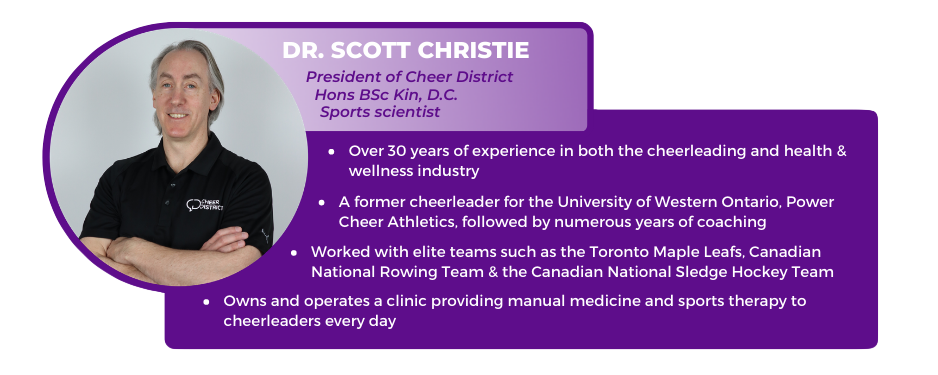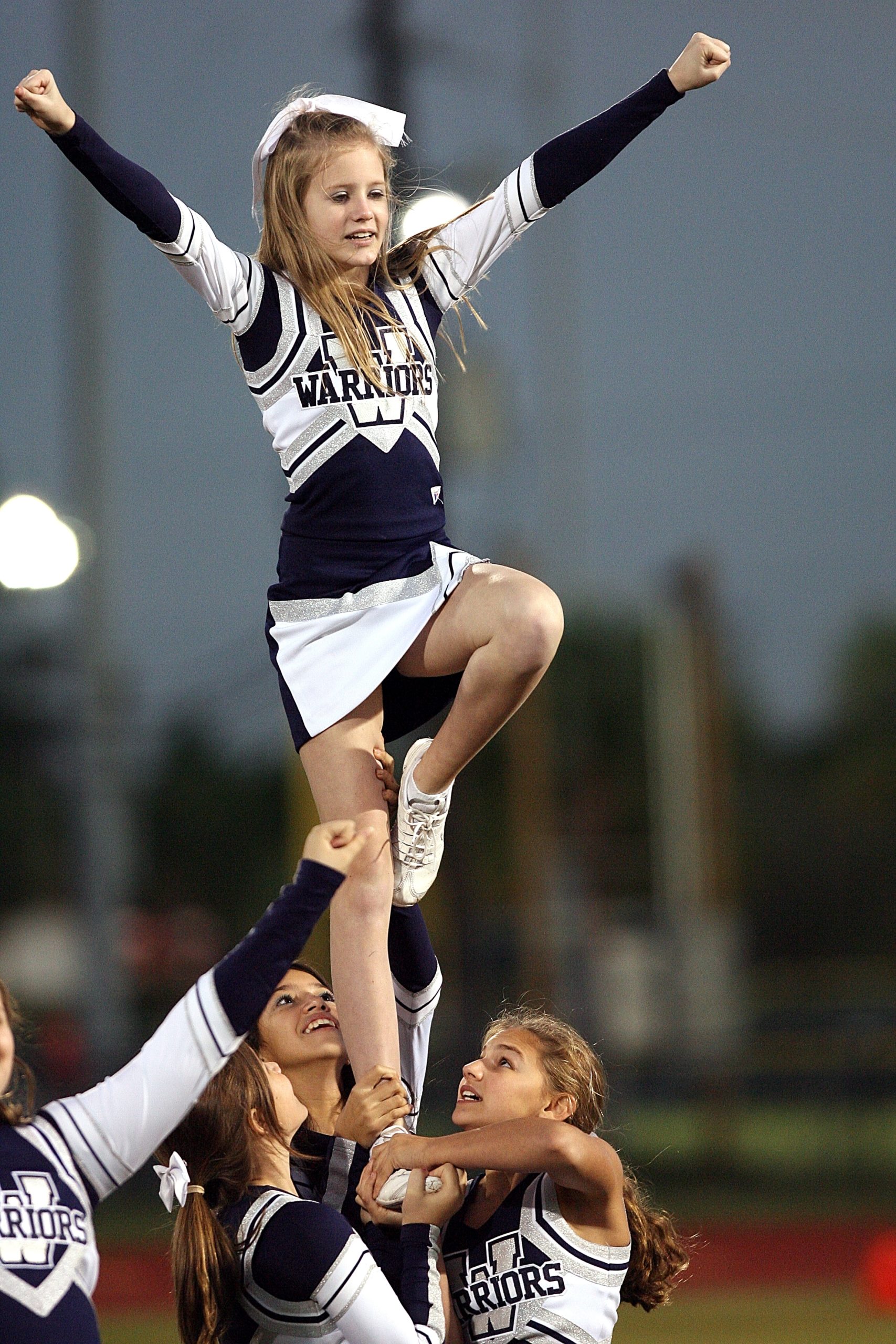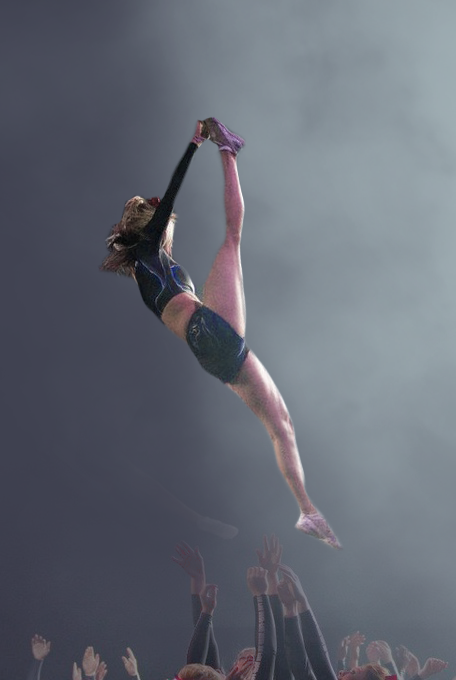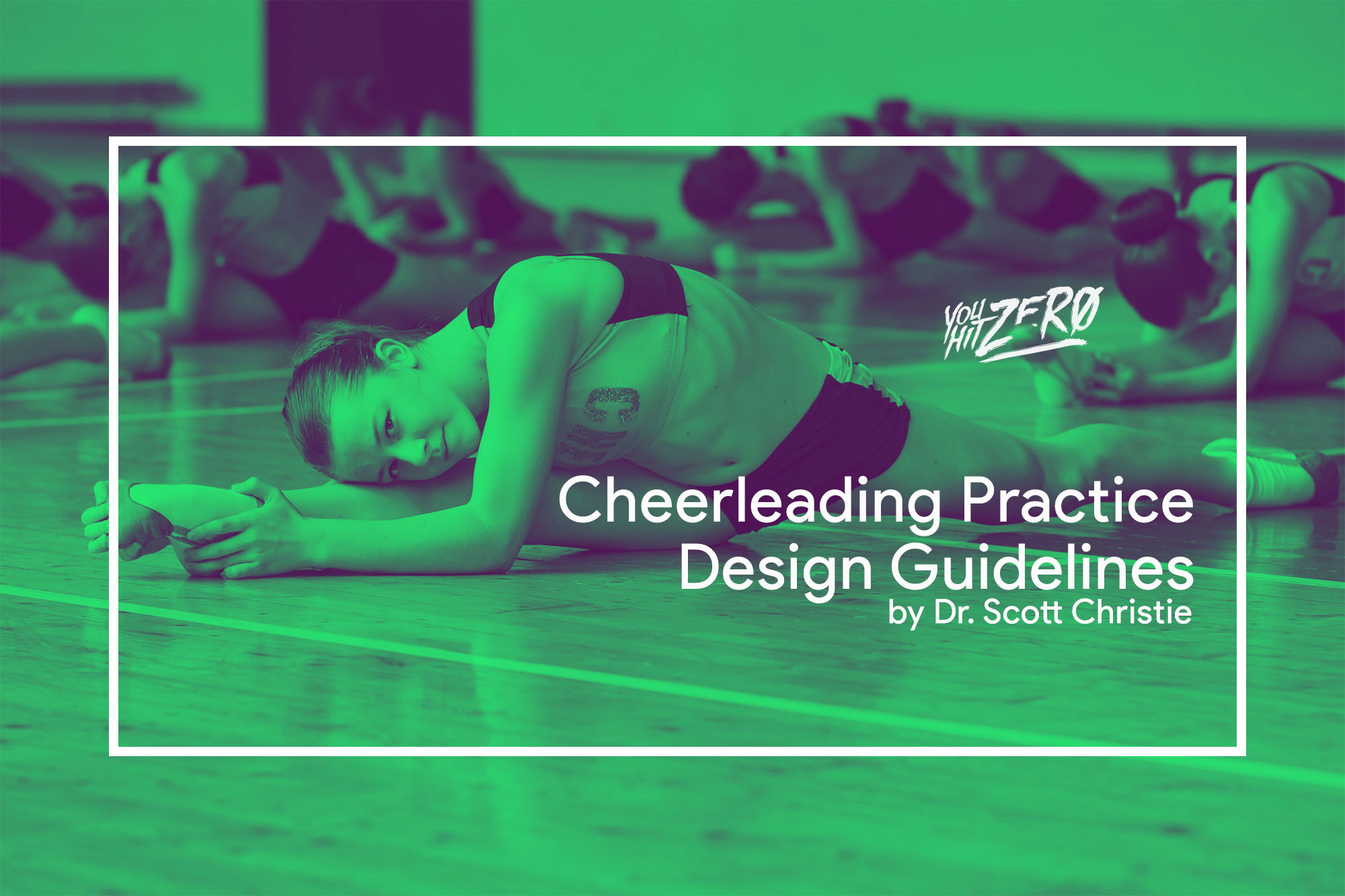By Dr. Scott Christie
Published August 17, 2020
Cheerleading Practice Design Guidelines
5 ways to reduce athletes’ risk of avoidable injuries
When designing a practice plan the main goal should be to put into place the appropriate elements of implementing the perfect routine. In order to achieve this goal, special attention must be paid to developing skills safely and efficiently, mitigating injury risk and ensuring your athletes have the adequate physical and mental capacity to handle the intensity of practices and performances.

One of the biggest obstacles in cheerleading is being able to ensure that you have full attendance at practice. A coach constantly has to deal with athletes missing practice due to sickness, vacations, weather, other unanticipated events, as well as injuries in and out of practice. Most of these factors are uncontrollable but a coach does have a significant control over avoidable injuries occurring during practice.
To help with achieving full team practices, below are five ways to reduce your athletes’ risk of sustaining avoidable injuries.
1. Chunking your practice (10-15 mins sections)
Chunking your practice is good for two reasons. First, by changing up your activities into small 10-15-minute chunks, you can avoid unnecessary mental and physical fatigue that comes with staying on one movement pattern or skill for too long. Secondly, from a memory acquisition standpoint chunking your practices creates faster learning of skills.
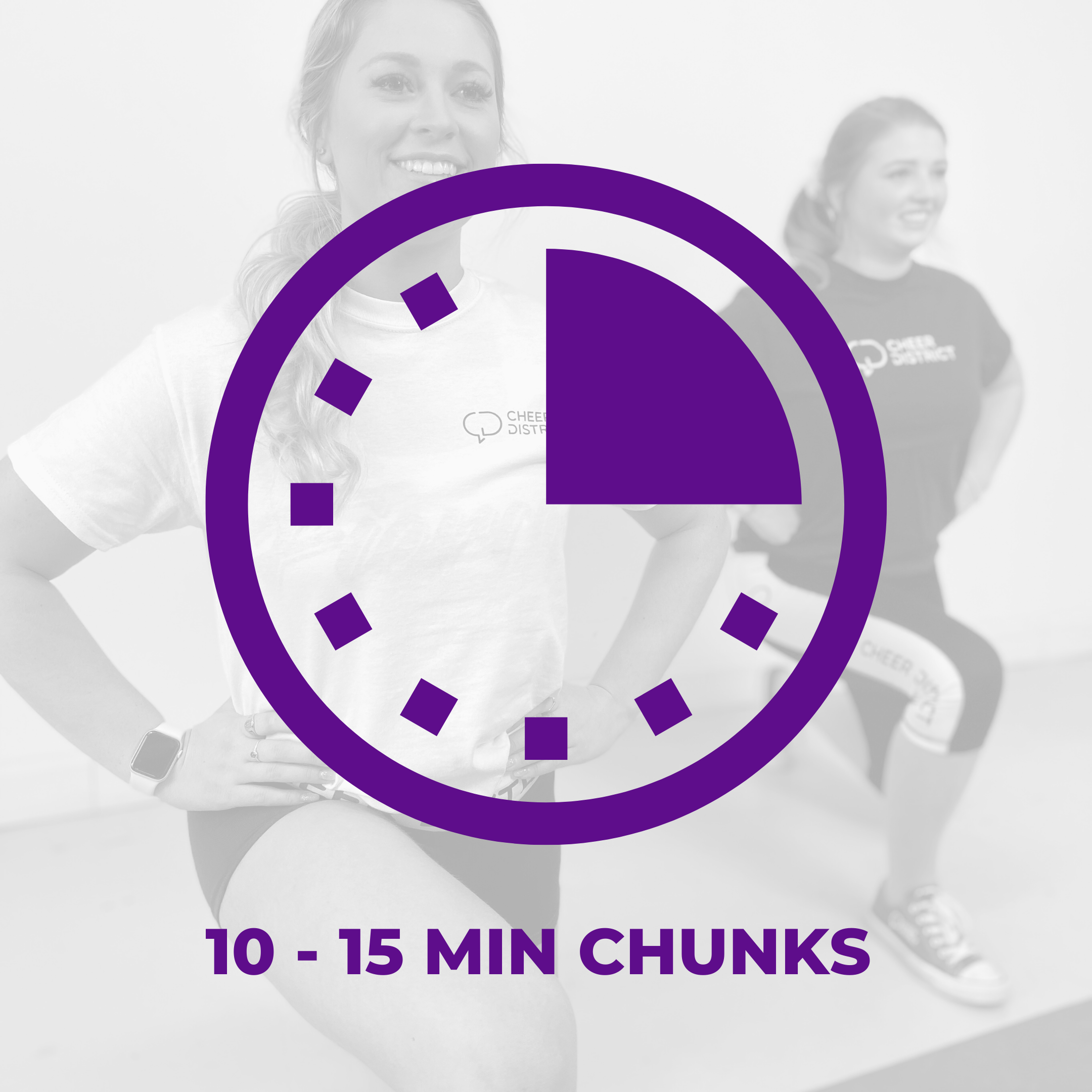
2. Control fatigue
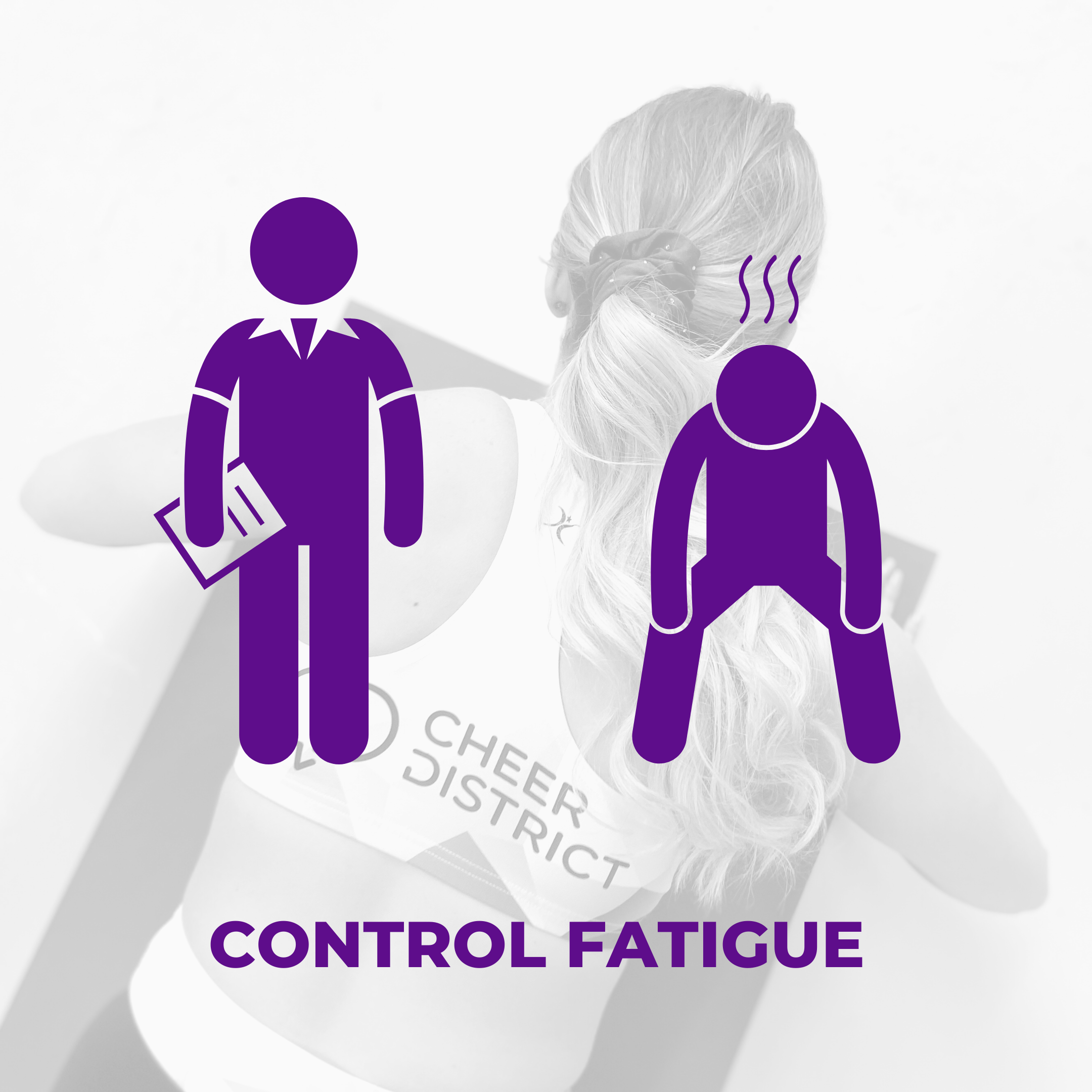
Pay attention to your athletes’ body language. As a previous coach, I know it is very easy to get upset with the poor performance of your athletes at times and as a result push them harder to help develop ‘mental toughness’. This strategy more often than not will lead to an avoidable injury. Cheerleading requires high power outputs and fatigue will reduce an athlete’s power production significantly which can lead to increased risk of injury (especially near the end of practices).
3. Use vivid visualization
Vivid visualization allows for more practice time without actually performing the skill. This can be done at home or at practice once the athletes are too tired to continue safely.
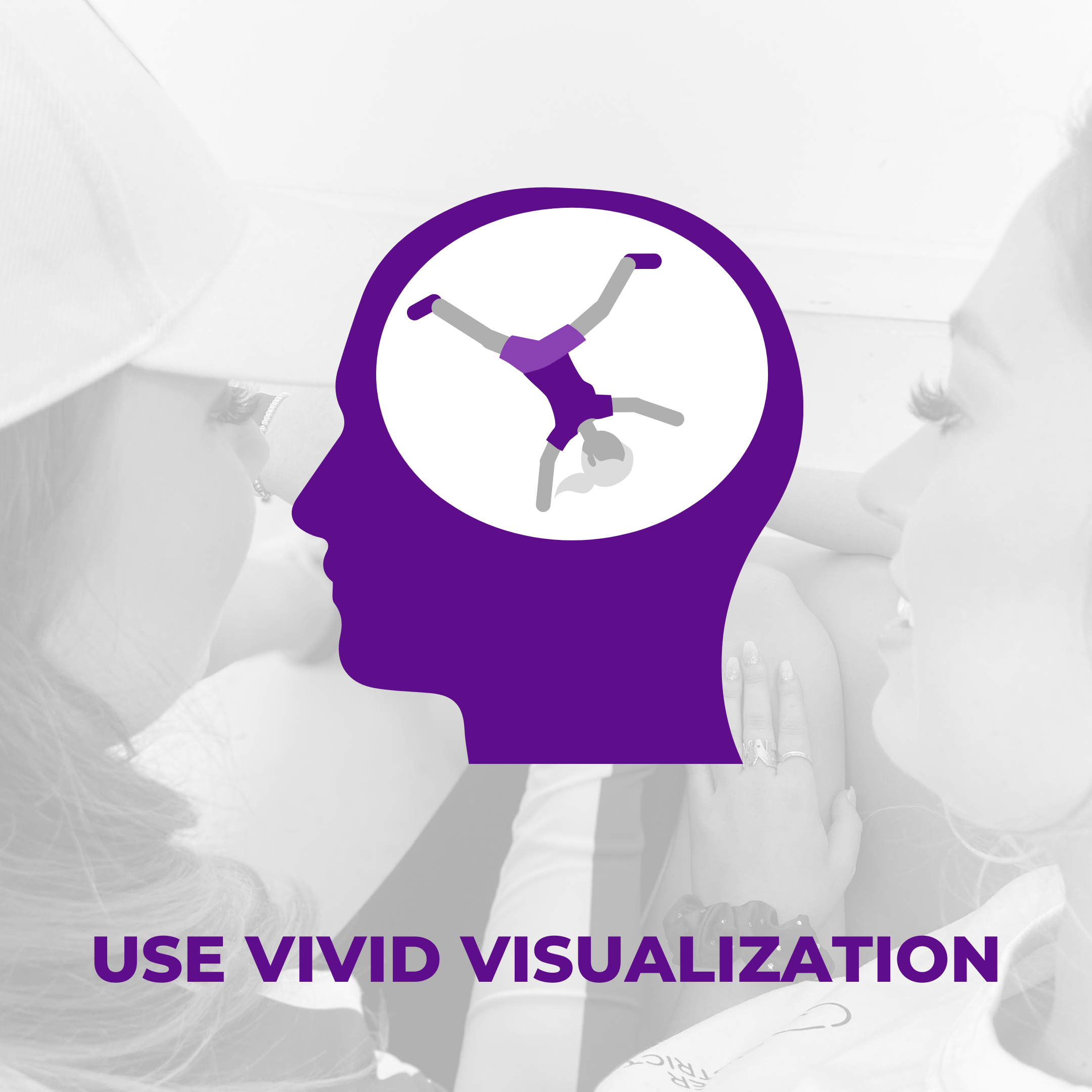
4. Monitor overtraining
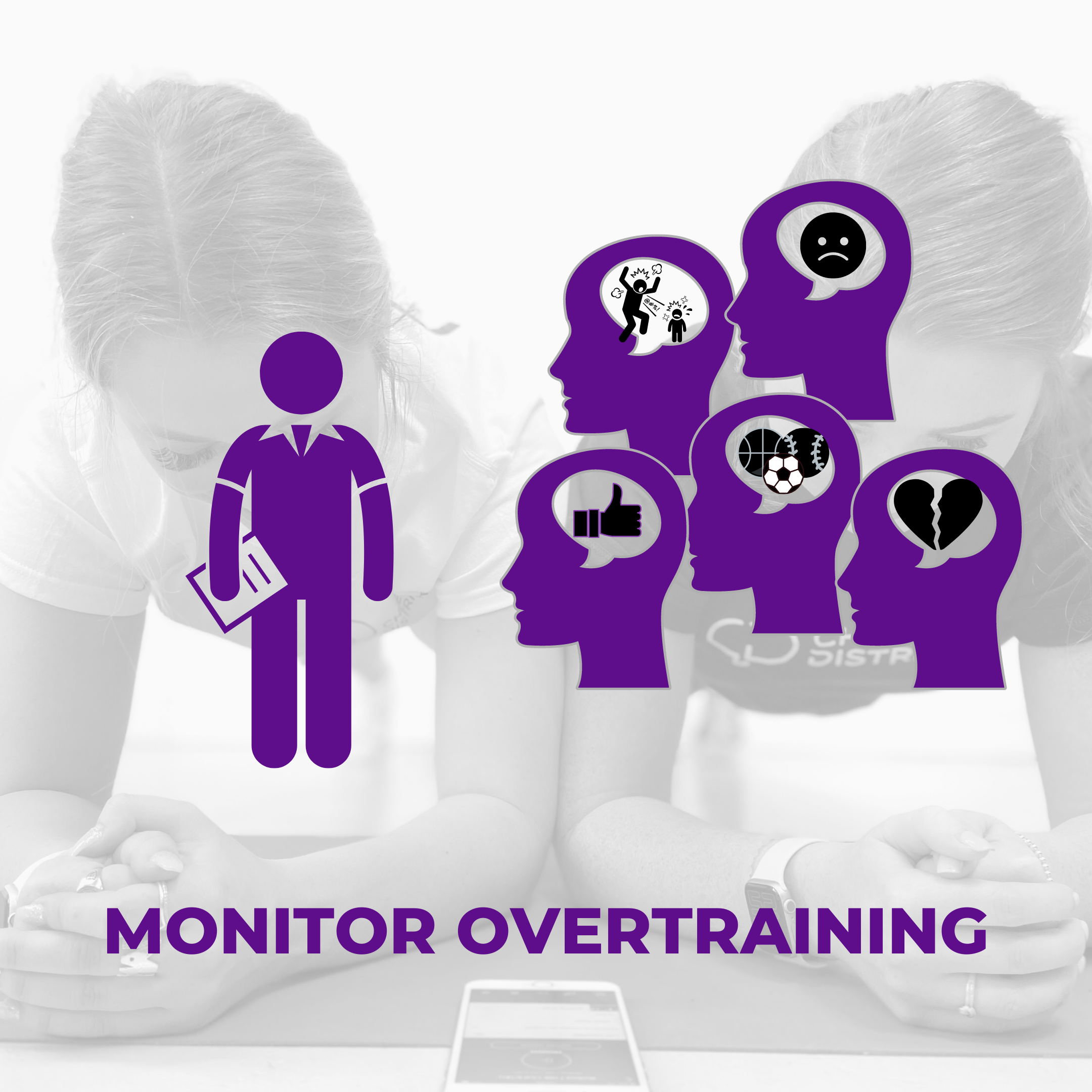
Many sports have their athletes fill out short mental health questionnaires out on a daily basis. There are many stresses taking place in an athlete’s life outside of cheerleading. It is important to be aware of this and monitor it on a daily or weekly basis. Try to remember that as much as cheerleading is all about the team, a team is still made up of many unique individuals that require different coaching methods.
5. Improving physical fitness
Athletes that are extremely physically fit are better suited to be able to handle the high physical and mental demands of cheerleading practices and performances. Most sports have their athletes work on their fitness between practices, cheerleaders should be doing the same!

For more information from Dr. Scott Christie please visit our website’s resource page at www.cheerdistrict.com. Interested in implementing training programs backed by science within your gym community? Email support@cheerdistrict.com for more information.
About Dr. Scott Christie:
